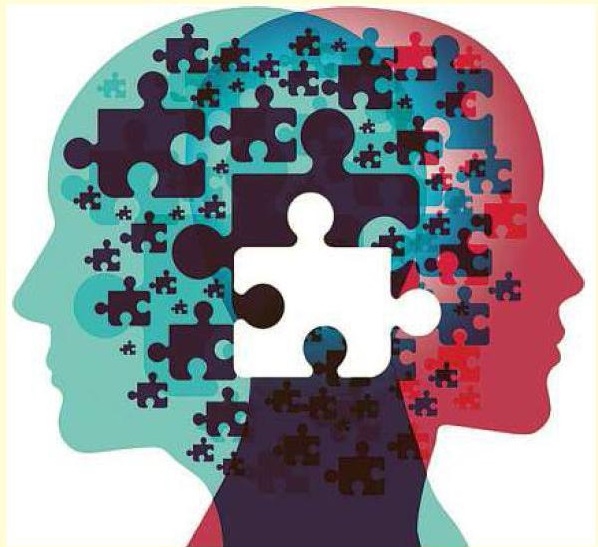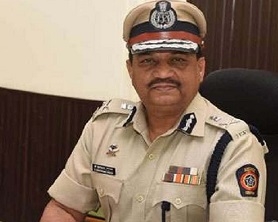Matter And Mind
| Date :22-Oct-2023 |

By DR BHUSHAN KUMAR UPADHYAYA :
The dualistic conflict of the
matter and the mind has been
existing since the earliest
times amongst the discussions of
philosophers.The first school of philosophy propounds that the matter
isinsentient and has no life. It is ever
existing and its origin can not be
explained. On the other hand , this
school opines that the mind is conscious and is also ever existing along
with the matter. Both the matter
and the mind jointly operate this
world. The Sankhya philosophy of
the sage Kapil fits into this category.
In his famous treatise Sankhya
Karika, the sage Kapil calls these
two entities by the name, Prakriti
and Purusha. So the philosophy of
the Sankhya is considered dualistic
in nature. Kapil has not postulated
the concept of God as the creator,
operator and destroyer of the world.
On the other hand the Vedanta
philosophy holds totally contrary
views about the matter and the
mind. According to the Vedantic
philosophy the real Entity is
Brahma in which both the matter
and mind co-exist.
There is no separate existence of the matter and the
mind apart from Brahma. This concept of reality is expressed in the
Upanishadic philosophy. The
famous dictum that what exists in
the macrocosm also exists in the
microcosm is the essence of the
Vedanta - Yatha Brahmande tatha
Pinde.
Shankaracharya has explained it
very beautifully in his Advaita
Vedanta. According to
Shankaracharya, this world is just
an appearance of Brahma, the
supreme reality. So it is not real. His
oft quoted example is that of the
appearance of a snake inarope. The
moment one sees the rope properly,
the appearance of the snake disappears. There can not be two parallel
supreme powers.
The great votary of the Vedanta,
Swami Vivekananda propounded
the oneness and wholeness of the
universe. He emphasised the
Upanishadic fact that things differ
from one another externally, but
they are the same and one internally. In the words of Vivekananda,
“These are fictitious limitations that
never existed. The externalities and
internalities are destined to meet at
this same point, when both reach
the extremes of their knowledge."
He declared that there is no real distinction between the matter and the
mind, the matter and the energy,
the subject and the object.
They are
the different expressions of the
same reality. Vivekananda propounded that the body melts into
the mind and the mind melts into
the body. So both are fundamentally
the same.
When we examine the conclusions of astro and quantum physics,
strikingly the same findings are
obtained there. The great quantum
physicist David Bohm said that
there is an unbroken wholeness
which denies the analysability of
the world into the separately and
independently existing parts. In his
celebrated book, The Tao of Physics,
Fritjof Capra concludes that the
universe is an interconnected web of
physical and mental relations
whose parts are only defined
through their connection to the
whole. The great physicist Freeman
Dyson asserts that the mind is
already inherent in electrons and
the process of human consciousness differs only in degree.
The
Nobel scientist Richard Feynman
said that atoms are consciousness.
The famous scientist Roberts
Austen admitted that metals have
life. The famous Indian scientist J C
Bose confirmed that in many investigations he was amazed to find
boundary lines vanishing and to
discover points of contract emerging between living and non living.
Thus we find that the Vedantic
pronouncement that the same energy vibrates both in the matter and
the mind has found a very strong
echo in the experiments of astro
and quantum physics.

(The writer is DG Police & CG,
Homeguards, Maharashtra)